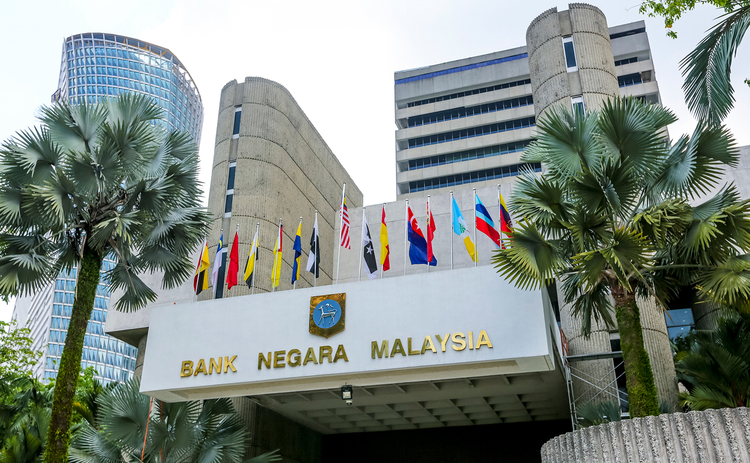
KUALA LUMPUR, June 27 – The Financial Markets Committee (FMC) released a statement here following a meeting today to discuss recent financial market developments affecting the ringgit exchange rate.
The following is the full text of the statement:
The external environment continues to be the main driver of the ringgit’s performance, particularly the evolving market expectations of higher terminal interest rates in most major economies, which in turn, raises risks of a possible marked slowdown in the global economy. At the same time, the People’s Bank of China (PBOC) has lowered interest rates amidst signs that China’s post-Covid economic recovery is losing its momentum. The ringgit, along with other regional currencies, has been weighed down by these developments.
Against the backdrop of the US dollar strength, the FMC observed that the extent of the recent depreciation of the ringgit is not reflective of Malaysia’s economic fundamentals. The FMC viewed recent movements in the ringgit exchange rate to be excessive considering the following factors:
i. After recording one of the highest GDP growth rates in the world in 2022, Malaysia’s growth momentum is expected to continue in 2023 albeit at a more moderate level, supported by continued domestic investment activity, improving labour market conditions and higher tourism activities. Malaysia’s broad and diversified economic structure will help cushion the impact of slowing global growth.
ii. While the strong correlation between the ringgit and renminbi can be explained by the significant trading relationship between Malaysia and China, it is important to note that Malaysia’s external sector remains diversified, both in terms of product segments as well as in terms of trading partners. The FMC observed that this should serve to moderate the close co-movement between the ringgit and the renminbi.
iii. The FMC noted that while the ringgit volatility has risen consistently with those of regional currencies’, the extent of the volatility increases has been disproportionately higher and deviating from historical relative movements. Notwithstanding this, the onshore financial markets remain on solid footing. Ringgit FX volatility remains the lowest among regional peers. This was underpinned by a healthy increase in daily FX turnover volumes over the past few years, averaging USD15.1 billion year-to-date.
iv. In the bond market, non-resident holdings of MGS bonds have remained close to longer-term average figure of 23.5%. Importantly, MGS continues to offer positive real yield and FMC members noted sustained interest among foreign investors in the Malaysian bond market.
Looking ahead, in addition to Malaysia’s strong economic fundamentals, the FMC is of the opinion that further clarity on the US Fed’s terminal rate and possible positive signs from stimulus measures out of China may provide support to the ringgit and Asian currencies in general. As it stands, recent forecasts by analysts and economists continue to point to broad-based recovery against the US dollar by year end (Table 1).
FMC members also discussed observations that corporates and exporters have retained more proceeds in foreign currencies, indicated by rising foreign currency account balances which could potentially lead to imbalance in market flows. In managing their foreign exchange risks, corporates and exporters should be encouraged to take advantage of the attractive level of exchange rate in managing their foreign currency balances.
In concluding the meeting, FMC Chairman and Bank Negara Malaysia Assistant Governor, Adnan Zaylani, added that:
“While the ringgit continues to be affected by global developments, Malaysia’s expected economic growth in the range of 4.0% – 5.0% as well as the structural reforms and fiscal consolidation efforts by the Government, are supporting factors for the ringgit.”
“As per its statutory mandate, BNM will intervene in the foreign exchange market to stem currency movements that are deemed excessive. While the value of the ringgit will continue to remain market-determined, BNM expects that ongoing measures by the Government to further strengthen the economy will help to ensure that the ringgit better reflects the country’s fundamentals,” he added.
Financial Markets Association of Malaysia (FMAM) President, Chu Kok Wei notes, “Financial markets in Malaysia continues to operate in an orderly manner and remains conducive to support our clients’ needs. We welcome BNM’s guidance on the ringgit and recent market developments. We will remain supportive of its efforts in domestic markets.”
The FMC is a committee established by BNM in May 2016 and comprises representatives from Bank Negara Malaysia, financial institutions, corporations, financial service providers and other institutions which have prominent roles or participation in the financial markets.